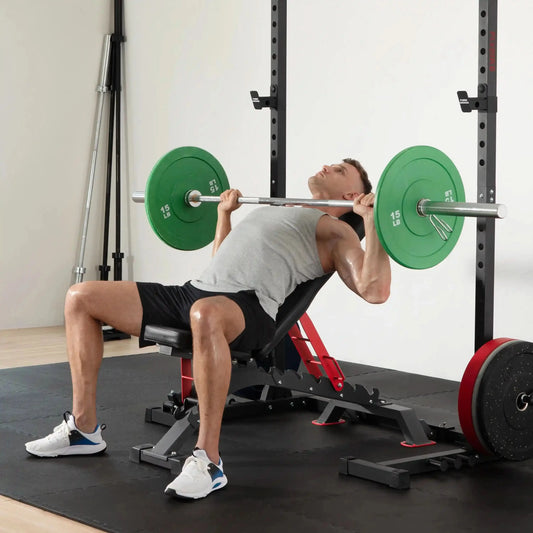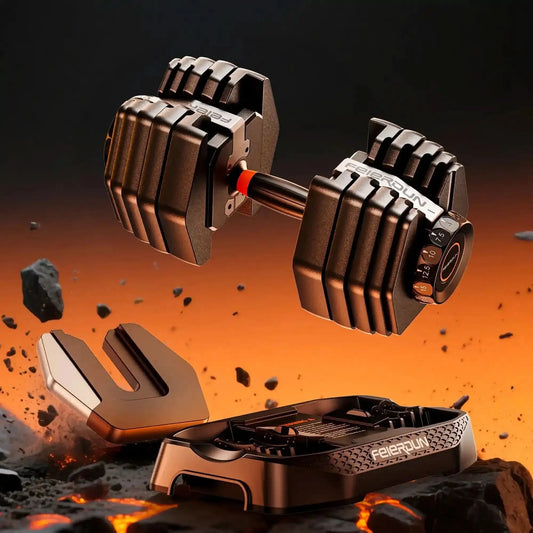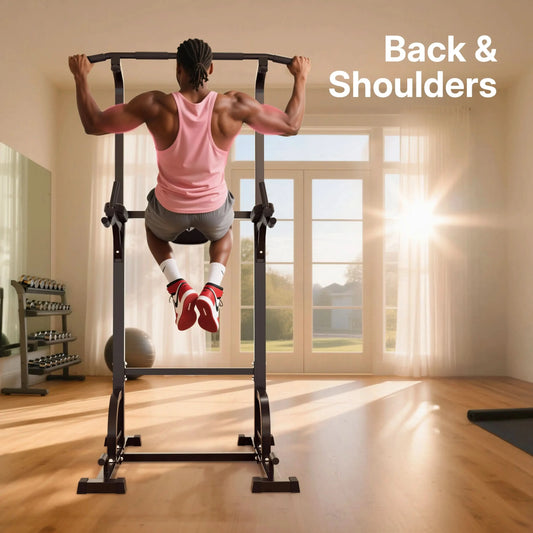Understand What Limits Your Bench Press
- Bar path: The bar needs to be placed in the mid-chest position and not on the top of the chest or the neck.
- Elbow position: The position of the elbows should be around 45 degrees to the body. This helps in preventing flaring, provides cushion to the shoulders, and enhances power.
- Leg drive: Remain in place with feet flat. Push through the middle part of the body, pushing through the legs. This offers complete stability to the body and strength.
- Triceps: One of the most frequent problems is the weakness of triceps which may make it hard to lock the bar at the top.
- Shoulders: The front deltoids may be dragging when the bar is shaky or you lose grip in the middle.
- Back: If the upper back is weak, it is difficult to keep the path of the bar.
- Core: When your core is not supporting the lift, your body will shake on the bench or your lower back will be too arched.
Master the Form: Perfect Your Technique
- Set Your Position: When lying on the bench, keep your eyes directly beneath the bar. Stabilize your feet on the floor for full-body stability.
- Create a Stable Base: Pull your shoulder blades down and into the bench. This provides a good foundation and cushions your shoulders.
- Control the Descent: Raise the bar gradually to mid-chest level. Do not hit it with your chest; it is a waste of power and might cause further harm.
- Drive Up With Power: Raise the bar a little higher and, in a curving motion, move it towards your shoulders, then position your elbows at a 45-degree angle to your body.
- Use Leg Drive: As you push up, push through your feet. This not only stresses your arms, but your entire body.
- Breathe Right: Take a deep breath, then press the bar down without any rush and breathe out as you press on.
- Wide grip: Requires more work on the chest but puts strain on the shoulders.
- Medium grip: Provides an adequate balance between the triceps, shoulders and the chest.
- Close grip: This grip engages the triceps and front shoulders more and assists in the upper section of the lift.
For the bar path, lower it to your mid-chest and press it slightly back toward your shoulders. This path gives you the most power and keeps your shoulders safe.
Strengthen the Muscles That Support the Bench Press
- Chest (pectoralis major): Do flat or incline bench presses or dumbbell presses. The entire chest is involved with a medium grip which is approximately 1/2 to 2 times the width of your shoulders.
- Triceps brachii: Go with close-grip bench presses, dips and triceps push-downs. Good triceps will allow you to lock the weight at the top of the bench press.
- Front shoulders (anterior deltoids): Add overhead presses and front raise. These assist you in being firm with every rep.
- Upper back & lats: Your upper back and lats are important in ensuring that you remain tight on the bench. Make them stronger using barbell or dumbbell rows, lat pull-downs and face pull.
- Rotator cuff & scapular stabilizers: Do the external rotations, band pull-aparts, and shoulder dislocates with the light resistance bands to keep your joints safe and unharmed.
- Core & glutes: Train these using planks, glute bridges, and leg raises. The core and engaged glutes hold your body stable on the bench.
Use Smart Programming: Progressive Overload That Works
Recovery, Mobility, and Shoulder Health
- Get 7-9 hours of good sleep every night so that the muscles can rejuvenate and develop.
- Ensure that nutrition is in line with your training. Eat healthy and high-protein foods to enable your body to heal and gain strength.
- Allow 2-3 days rest between difficult bench-presses. This will ensure that you are not overtraining and it will maintain your progress.
Mobility and shoulder care:
- Warm up using light sets, shoulder roll, and band pull-aparts.
- Make your shoulder stabilizers strong using light bands.
- Stretch your chest and shoulders to stay flexible.
- Stop when you feel sharp pain.
Advanced Techniques for Experienced Lifters
- Pause Reps: Take a one-second pause at the bottom to develop control.
- Board Presses: Practice lockout strength on a board or pad.
- Tempo Training: Reduce the bar gradually within 3-4 seconds to extend time under tension.
- Spoto Press: Take a slight pause just over your chest to create some tightness.
- Bands and Chains: Add resistance that varies with lifting.
Equipment Matters: Build a Better Bench Setup
7-Day Plan to Improve Your Bench Press
- Do some warm-ups, then do a few heavy bench presses.
- After that, do dips or push-ups to help your arms and chest.
- Do pulling exercises like rows.
- This makes your back strong, so you don’t wiggle on the bench.
- Do some light band work for shoulder health.
- Go for a walk, stretch, and relax.
- Let your muscles calm down.
- Do light bench presses, but push the bar fast.
- This helps you learn good form and teaches your body to move quickly.
- Do overhead presses and dips to help your shoulders and triceps.
- Strong muscles = easier bench press.
- Do planks and other simple core exercises.
- A strong core keeps you steady on the bench.
- Do a little light bench practice to fix your form.
- No exercise.
- Eat well, drink water, and sleep so your muscles can grow.
Conclusion
Quick Q&A on Improving Bench Press
Is it better to bench press all the workouts?
Is it normal that my shoulders hurt when I am bench pressing?
Can the barbell bench press be replaced with dumbbells?












